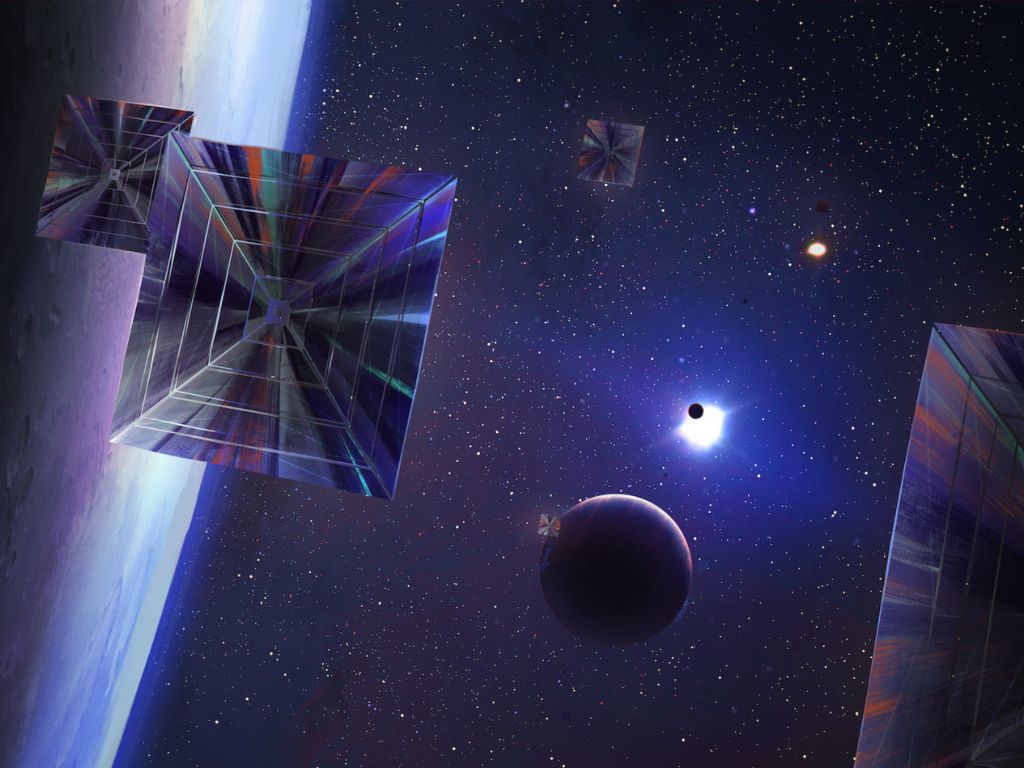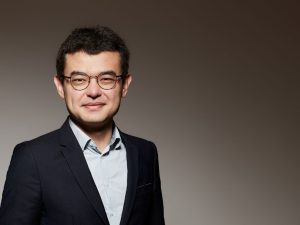Author: Assoc. Prof Andreas Hein, Head of Space Systems Engineering (SpaSys)
From 2 to 5 December 2024, Luxembourg City will host the 1st European Interstellar Symposium, an event set to explore the wonders and challenges of interstellar travel.
“Shoot for the moon. Even if you miss, you’ll land among the stars”. This saying may not fully capture the ambition of interstellar travel—after all, humanity has already reached the moon. But I think it does encapsulate the essence of the symposium: the journey toward a far-off goal, leading to impactful discoveries along the way.
The first European Interstellar Symposium is dedicated to the theme “Building Our Home Among the Stars.” The event will bring together experts and enthusiasts to talk about the boundless possibilities and stumbling blocks of humanity’s most ambitious voyage.
Interstellar travel is not only a challenge. It’s a vision that inspires. It’s a goal that pushes the boundaries of our scientific understanding and raises questions at the intersection with philosophy: is there life beyond our solar system? What is the place of humanity in the universe?

The scope of this endeavour is staggering. Our closest star system, Proxima Centauri, lies over 4 light-years away from Earth. Travelling there requires a journey 1,000 times farther than any spacecraft has ever ventured.
This means interstellar travel will require technological breakthroughs across multiple disciplines, from propulsion and materials science to life support systems and space communications. All these challenges are bound to spark advancements with practical applications here on Earth. Yet, the challenges go well beyond technology. Organisational, sociological, ethical and legal questions also come into play.
This multidisciplinary approach lies at the heart of the Interstellar Symposium.
Over the course of four days, experts from fields as diverse as astrophysics, engineering, medicine, and ethics will convene to discuss the complexities of interstellar travel. We are honoured to host keynote speakers including MIT’s Professor Sara Seager, who will discuss exoplanets and signs of life beyond Earth, and University of Plymouth’s Professor Mona Nasser, who will share insights on clinical research methods for interstellar expeditions.
The symposium will kick off on 2 December 2024 with three seminars, providing deep dives into specific topics. I will have the pleasure of leading the opening session, entitled “Interstellar Generation Ships – Designing Miniaturized Worlds”. During this session, we will explore the different dimensions of designing a generation ship, using tools from science, engineering, and design.
A core objective of the symposium is to bridge the aspirational and the practical.
So interstellar travel is more than just a difficult task. It brings together futuristic, almost sci-fi dreams with practical inventions we could use soon. For example, breakthroughs in optical communications designed for interstellar missions could also revolutionise satellite-based data transmission on Earth—an area where SnT has a long track record. Also, these new developments can help not only space exploration but many other areas too.
In healthcare, clinical research aimed at supporting interstellar travel could lead to solutions for delivering high-quality medical care in resource-limited environments.
This synergy between big goals and real-world results reflects the event’s theme: “Building Our Home Among the Stars.” Through cross-disciplinary collaboration, the Interstellar Symposium aims to not only drive progress toward humanity’s boldest space voyage but also spur innovations that will improve life on Earth.
Beyond the scientific discourse, the conference will also engage the general public, particularly younger generations. The aim is to reignite fascination and nurture a passion for space exploration. To that end, the conference will feature an interstellar art exhibition for the first time, curated by art gallerist Christophe Duplay, celebrating the profound connection between science and art.
It’s exciting to host this event in Luxembourg, the first of its kind in Europe.
The Grand-Duchy’s vibrant space ecosystem—encompassing the Luxembourg Space Agency, not-for-profit organisations such as Breakthrough Initiative, innovative start-ups, global satellite operator SES, and SnT’s space research groups — provides an ideal environment for this symposium. In fact, it is part of Luxembourg Space Week, further solidifying the nation’s role in the space sector.
SnT’s coordination role for this symposium reflects our dedication to space innovation. Our SpaSys research group aims to come up with new concepts while keeping an eye on disrupting ideas. This event fits well with what we’re doing to advance space technology and research.
Getting involved means contributing to the visionary ambitions that will shape the future of space.
The Interstellar Symposium is not just about scientific advancement: it is a call to explore the unknown. I invite you to come and join us. Join us to envision a future where the stars are within our reach. Join us to dream, to innovate, and to push the boundaries of human achievement.
This event is hosted by the SnT of the University of Luxembourg, together with the Luxembourg Space Agency, the Interstellar Research Group, the Initiative for Interstellar Studies and Breakthrough Initiatives.
Andreas Hein is Head of Space Systems Engineering (SpaSys) research group at the University of Luxembourg’s Interdisciplinary Centre for Security, Reliability and Trust (SnT).
Read Prof. Hein’s original LinkedIn article, and connect with him.
